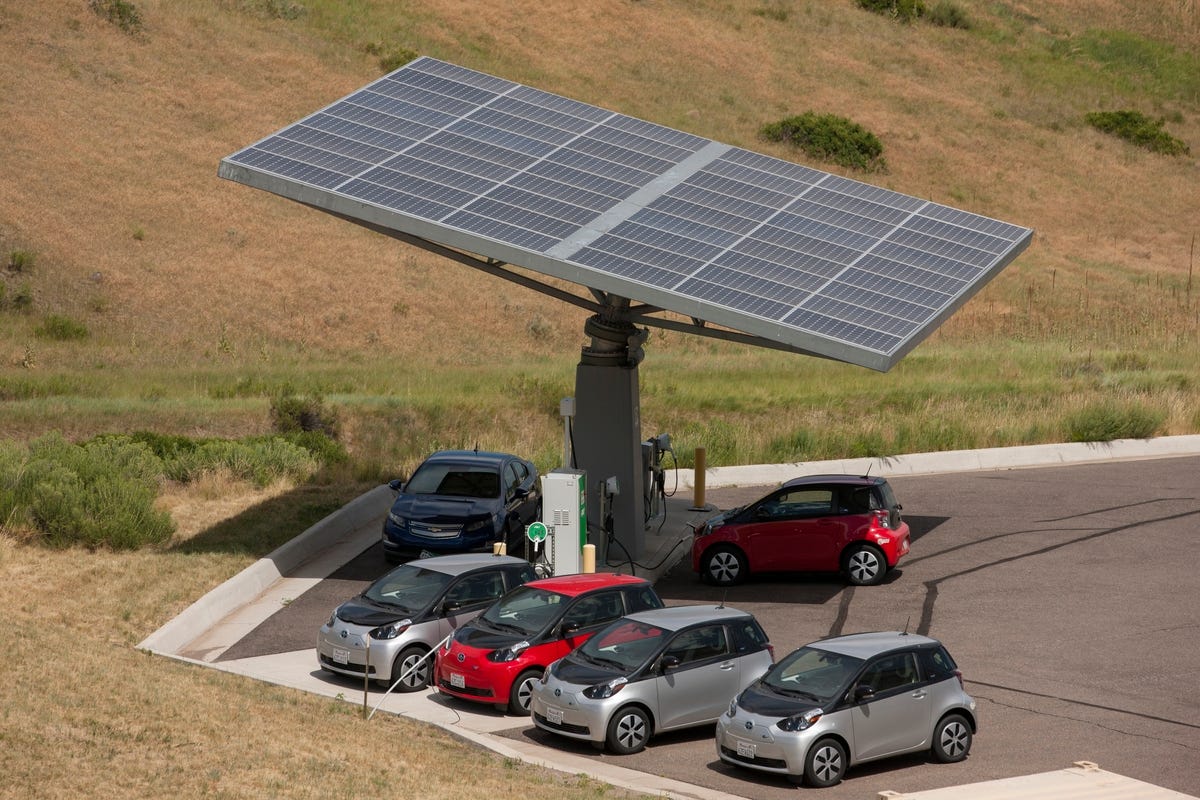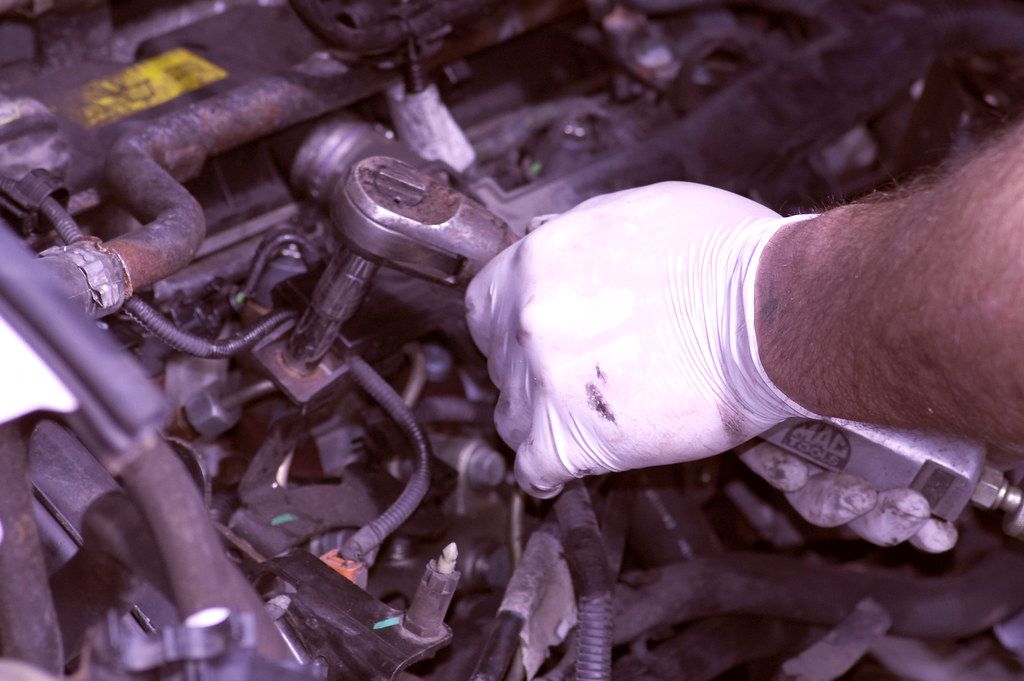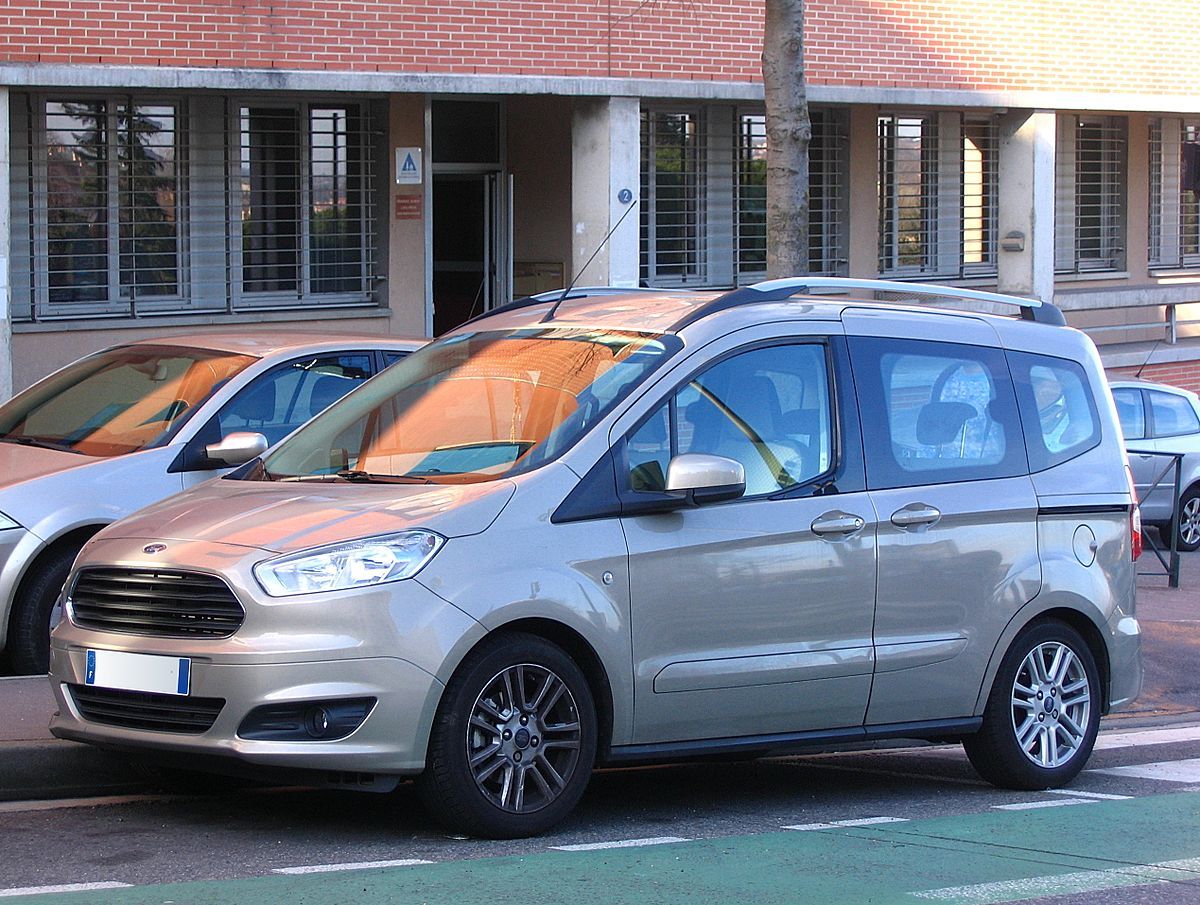
Summer brings with it the promise of long drives, spontaneous adventures, and plenty of sunshine. Yet, for many of us, this joyous season also ushers in a silent, often underestimated threat lurking within our parked vehicles: extreme heat. What seems like a harmless few minutes to run an errand or dash into a store can quickly transform your car’s interior into a superheated ‘oven,’ posing serious risks to many of the items we commonly carry.
It’s not just about comfort; it’s about the safety and integrity of our belongings, and sometimes, even our health. Even on a comfortable 73-degree day, a car parked in direct sunlight can reach an internal temperature of 120°F within an hour. In many parts of the country, where mercury can soar to the 90s and 100s, internal car temperatures will be even higher, rapidly exceeding safe limits for a surprisingly wide array of items.
This phenomenon, known as the greenhouse effect, traps sunlight and heat inside the car, creating an environment where internal temperatures can quickly skyrocket. Since there’s minimal airflow, objects inside absorb and retain this heat, becoming hazardously hot. Many everyday items, from medical supplies to personal care products, are simply not designed to withstand these intense conditions. Let’s dive into some of the crucial ‘don’ts’ for your summer car storage.
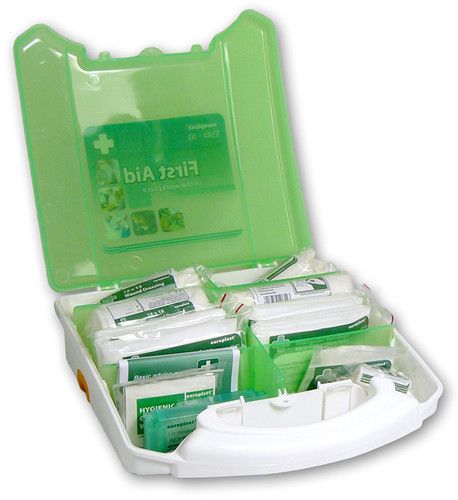
1. **First Aid Kits**
Having a first aid kit in your car is undeniably an excellent idea, a preparedness measure that gives peace of mind for unexpected scrapes or emergencies on the go. However, the effectiveness of this essential safety tool can be severely compromised if it’s not properly maintained, and extreme temperatures, both cold and hot, are among its worst enemies.
While not everything within a first aid kit suffers equally under scorching conditions, it is crucial to ensure your car’s kit is insulated and kept as cool as possible. The key to maintaining its operational status lies in two important aspects. Firstly, consider stocking your kit with items that are inherently more resilient to heat, as some bandages, for instance, are known to hold up better than others when exposed to high temperatures.
Secondly, and perhaps more importantly for temperature-sensitive components, all tools and medicines should be stored in a durable, water and heat-resistant case. This might mean constructing a custom kit rather than relying solely on a pre-packaged one, allowing you to select appropriate materials and containers. For highly perishable items, such as epi-pens and certain medications, it is often best to keep them in a separate, heat-resistant container, ideally stored away from direct sunlight.
Even a simple trick like filling empty space in a container with sealed water bottles can provide better insulation, as water heats up much slower than air. This proactive approach ensures that when an emergency strikes and you reach for your first aid kit, its contents will be as effective and safe as intended, offering genuine assistance rather than a degraded collection of supplies.
Read more about: Why We Still Adore Them: A Deep Dive into the Most Gloriously Awkward ’80s Cars That Were So Ugly, They Became Icons
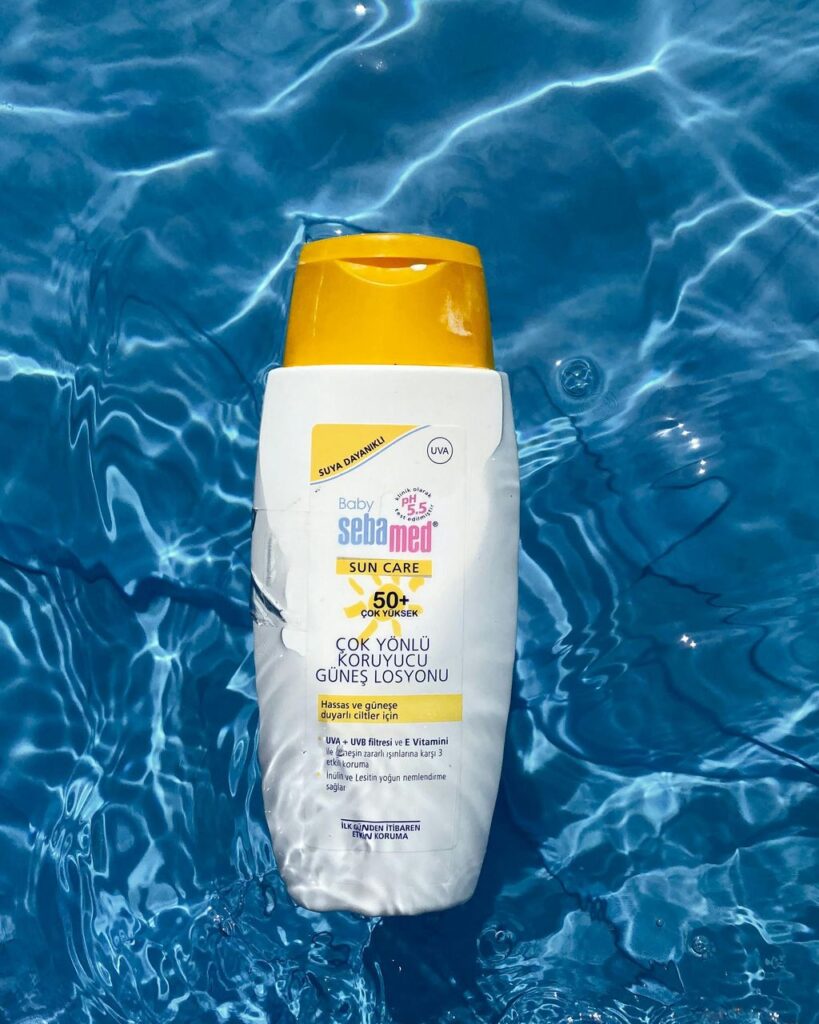
2. **Sunscreen**
It might seem counterintuitive to protect the very thing designed to protect you from the sun, but your sunscreen needs safeguarding too, particularly during hot and sunny days. Ironically, direct sunlight and the accompanying heat are among sunscreen’s biggest adversaries. The issue isn’t merely the UV rays affecting the bottle itself, but the heat degrading the product’s chemical composition.
The inside of your car, including seemingly protected areas like the glove box, the trunk, or even a handbag, does not offer a safe haven for your sun cream. Most sunscreen, being a chemical compound, is as sensitive as many medicines and begins to degrade when continuously exposed to temperatures higher than 77°F. This degradation can render the formula less effective, meaning the protection you expect might not be there when you need it most.
Moreover, if your sunscreen is an aerosol or spray-on type, it presents an additional hazard: it can explode. Like other pressurized cans, the contents expand significantly in heat, creating a risk of rupture. Even non-aerosol sunscreen bottles can burst, leading to a messy, oily spill across your car’s interior, causing a cleaning headache and wasting valuable product.
To keep your sunscreen effective and your car clean, avoid storing it in your vehicle’s sweltering interior. If you must carry it, tuck it into an insulated cooler bag. These bags won’t reach freezing temperatures, which can also be detrimental, but they will help maintain a more stable, cooler environment, preserving your sunscreen’s efficacy for when you genuinely need it outdoors.
Read more about: Seriously, Where Did They Go? 12 Iconic American Foods That Vanished From Our Tables (And Why!)

3. **Medications**
“Heat and medication don’t mix,” is a stark warning that resonates deeply, echoed by medical institutions like Baylor College of Medicine. While it’s true that not every medication will become completely ineffective from the kind of heat found in a parked car, many are highly sensitive, and their potency can significantly decrease, potentially turning life-saving drugs into inert compounds.
Certain medications are particularly vulnerable. Epinephrine injectors (like EpiPens) and insulin, for instance, are critical for managing severe allergic reactions and diabetes, respectively, and are known to be especially sensitive to heat. While a few hours in the sun might not immediately spoil them, even a few days in a scorching hot car can render them ineffective, with potentially dire consequences for those who rely on them.
Creams and ointments are also susceptible, as high temperatures can cause them to melt, altering their consistency and potentially their effectiveness. The obvious and safest solution is to avoid storing medicine in your car altogether. This might involve simply moving a blister pack from the glove box to a bag you always carry, ensuring it’s never left behind in the heat.
However, if circumstances necessitate keeping medicine in your car, carefully select heat-resistant varieties where possible. Some drugs can be safely stored at 86°F or even higher. For these, maintaining the required temperature might be achievable with an insulated container and a sunshade, but always consult the instructions on the packaging or a healthcare professional to confirm safe storage temperatures for your specific medications.
Read more about: Navigating the ‘Toxic’ Diet Fad: A Deep Dive into Gwyneth Paltrow’s Wellness Controversies and Expert Warnings

4. **Tampons**
When discussing items to avoid leaving in a hot car, personal hygiene products often get overlooked, yet they are just as vulnerable to extreme temperatures. Tampons, for example, can go bad well before their printed expiration date if subjected to heat and, more critically, excessive moisture. It’s incredibly difficult to distinguish a good tampon from a compromised one, adding a layer of hidden risk.
Tampons do indeed have an expiration date, typically around five years from production, though most are used long before this. The greater concern in a hot car, however, is moisture. High temperatures are often accompanied by increased humidity, and who truly keeps track of the humidity levels inside their car? This humid environment is a breeding ground for mold, which can rapidly compromise the product’s sterility and safety.
Mold can spread through a tampon from the inside out, making it nearly impossible to detect with the eye. While it might take more than just a day or two in a hot car to ruin an unopened pack of tampons, prolonged or repeated exposure to such conditions is a significant risk factor. If you’re uncertain whether a tampon is safe because it has been stored improperly for an extended period, the best advice is unequivocal: throw it out.
The potential risks associated with using a moldy or degraded tampon, including infections or irritation, are simply not worth taking. Prioritizing your health and well-being means being diligent about where you store all personal hygiene products, especially when summer temperatures turn your vehicle into a sauna.
Read more about: Ditch the Drama: Your Guide to 12 Bikini Blunders and How to Slay Your Summer Style

5. **Eyeglasses**
Could heat damage your glasses? Absolutely. Anything made of plastic, which includes many eyeglass frames and lenses, can be completely ruined by prolonged exposure to high temperatures. Plastic frames can warp, causing a perfectly good pair to become uncomfortable or even unusable, and screws can loosen, leading to structural issues.
However, the damage isn’t limited to the frames. Lenses themselves are also at risk. While many modern lenses are plastic, chosen for their lightness, resilience, and safety compared to glass, even glass lenses often feature specialized coatings. Polarized glasses, for instance, rely on a delicate film to achieve their effect, and extreme heat is notorious for damaging this film.
This damage doesn’t manifest as the film sliding off; instead, it results in a phenomenon known as “crazing”—the creation of many tiny, spiderweb-like cracks that can obscure vision and ruin the lenses. Beyond structural damage, there’s an even more alarming concern: glasses with convex lenses, such as prescription spectacles or certain sunglasses, can act like magnifying glasses when left in direct sunlight.
They can focus sunlight into an intense beam, hot enough to scorch car upholstery or paper, potentially starting a fire. This makes seemingly innocent glasses a genuine fire hazard. The solution is straightforward: find a better storage spot. Clip-on gadget holders on sun visors, while convenient, are often the worst possible place, as they put glasses in direct contact with the car’s scorching roof. Always store glasses in a case and keep them in a glove compartment or, even better, take them with you.
Read more about: Unearthing Trauma: The Enduring Narrative of ‘Beloved’ for a Dark and Gritty Live-Action Reboot

6. **Contraceptives**
Yes, really. Heat can compromise the effectiveness of virtually every kind of contraception, making them another critical item to remove from your hot car. Condoms, which are probably high on the list of items people purposefully leave inside their vehicles for convenience, are typically made of latex or other plastics, rendering them highly vulnerable to heat.
Sources indicate that 104°F is the maximum temperature condoms can endure for just a few days before their integrity is compromised, and 86°F is considered the optimum long-term storage temperature. Given that car interiors can get much, much warmer than these thresholds, the effectiveness of condoms can be ruined in less than a week, increasing the risk of unintended pregnancy or ually transmitted infections.
But the concern doesn’t stop at condoms. What about birth control pills or contraceptive rings? These hormonal methods are equally, if not more, susceptible to heat. Like almost all medicine, they should be discarded if they are stored at a high enough temperature—sometimes as low as 68°F—for a few days or longer. Beyond compromising their primary function, heat exposure can also alter their chemical composition, potentially making them unsafe or causing adverse reactions if used.
Fortunately, the solution is simple and crucial for anyone relying on these methods: do not leave any form of contraception inside your car when temperatures are high. Prioritize their proper storage by keeping them in a temperature-controlled environment, such as a bag you carry with you, to ensure their efficacy and your peace of mind.
Read more about: Beyond the Veil: 7 Crucial Menstruation Facts Often Misunderstood – A Deep Dive into What Period Dramas (and Society) Miss
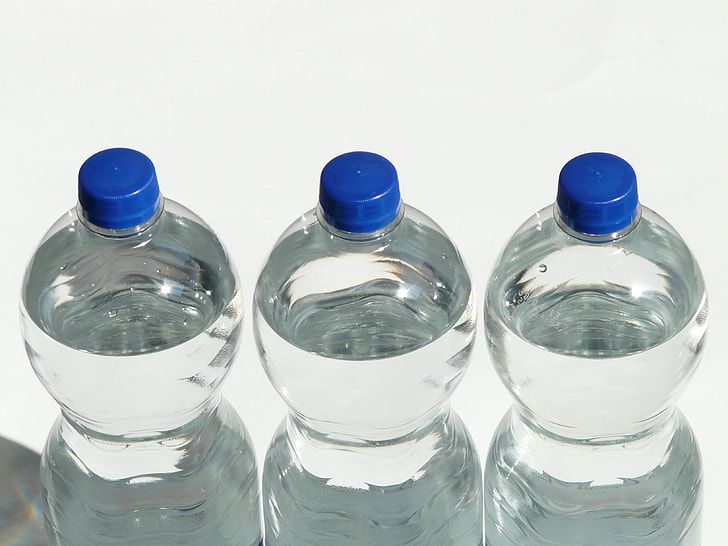
7. **Plastic Water Bottles**
We might momentarily consider plastic water bottles useful for insulating other items, but the truth is, leaving them in your car during summer presents multiple dangers. Firstly, and perhaps most surprisingly, a seemingly innocent plastic water bottle can actually cause a fire. While it’s a rare occurrence, and the bottle itself won’t spontaneously combust, a full bottle left under direct sunlight can act like a magnifying glass. This focused sunlight can concentrate enough heat to burn anything flammable near it, such as upholstery or paper.
Even if a fire doesn’t occur, the water inside the bottle is far from safe to drink after being exposed to extreme car temperatures. No one enjoys the taste of 80°F water in the summer, but the risks go beyond palatability. Common plastic water bottles, whether sealed or not, can become contaminated with traces of chemicals from the plastic, like BPA or antimony, which leach into the liquid when stored at high temperatures. While scientific consensus on the danger levels varies, at least one study found that extreme circumstances (four weeks at 158°F) loaded water with unsafe levels of antimony.
Furthermore, warm water provides an incredibly fertile breeding ground for bacteria, especially if the bottle has been reused. The tiny amounts of bacteria naturally present in a reused bottle can multiply rapidly in the heat, turning your refreshing drink into a bacterial soup. The best solution for safe hydration on the go is to invest in a reusable, non-plastic water bottle, preferably made of stainless steel or BPA-free material, and remember to wash it frequently to prevent bacterial buildup. If you must keep plastic water in the car, store it in the trunk or a bag, away from direct sunlight, and avoid drinking from bottles that have been sitting in the heat for hours.
Having covered the essential personal care and health items to keep out of your hot car, we now turn our attention to other common everyday belongings that, surprisingly, can also become significant hazards. These items, often overlooked, carry risks ranging from explosive pressures and electronic damage to health implications, all stemming from the intense heat trapped within your vehicle.
Understanding these additional dangers is crucial for maintaining both the integrity of your belongings and, more importantly, your safety. Just as with the previous items, proactive awareness and simple storage adjustments can save you from potential damage, inconvenience, and even serious harm. Let’s delve into these next seven categories of items you should always remove from your car when temperatures begin to soar.
Read more about: OMG! We Got Rid Of Jason Momoa’s Signature Locks & Beard, And He Looks SO Different — Here’s Every Jaw-Dropping Change!
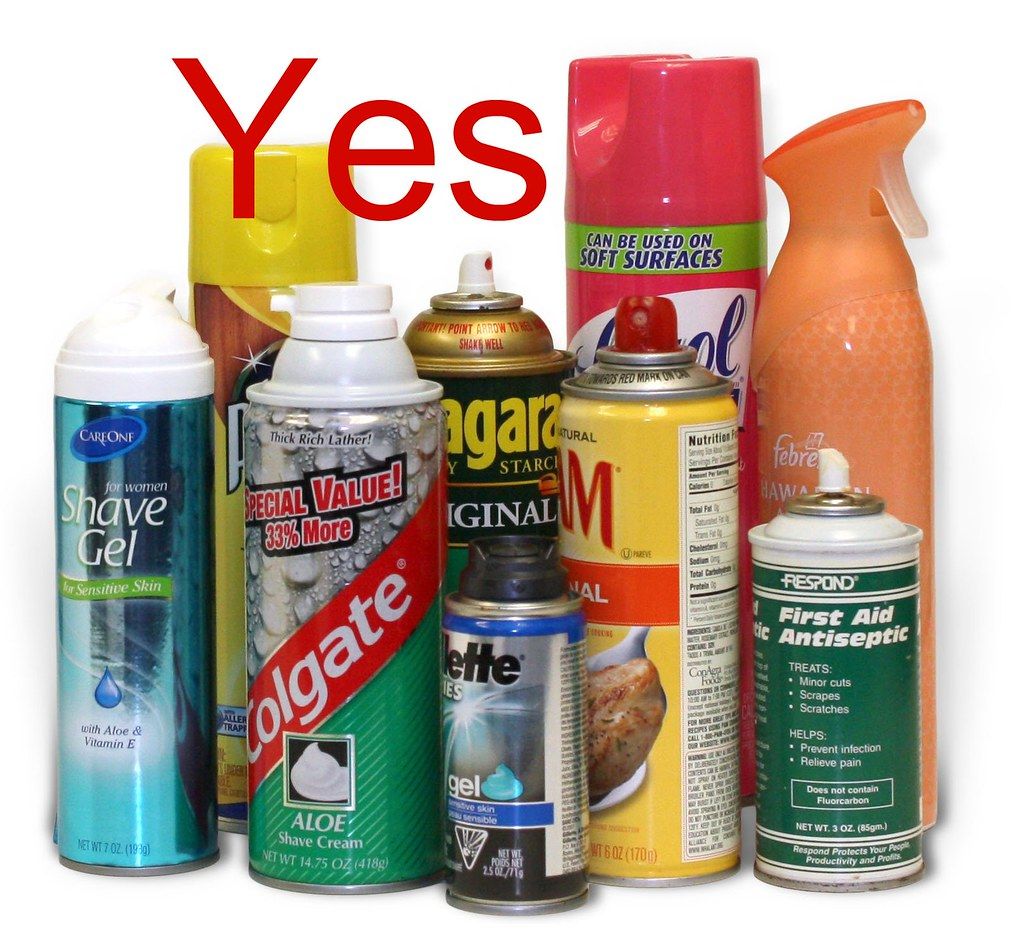
8. **Aerosol Cans**
Many of us keep aerosol cans in our vehicles for convenience, whether it’s hairspray, spray paint, insect repellent, or even the incredibly useful WD-40. However, these pressurized containers are fundamentally incompatible with the extreme heat inside a parked car. The gas they contain naturally wants to expand, and heat drastically increases this pressure, pushing the canister’s limits.
According to experts, most aerosol cans should be stored in a ventilated space at temperatures under 120°F. Consider that a car’s interior can soar to 120°F when the outside temperature is just a mild 73°F. In hotter climates, where the mercury can climb into the 90s and 100s, internal car temperatures will be even higher, rapidly exceeding safe storage limits.
This dramatic increase in internal pressure can cause the canister to rupture violently, leading to a dangerous explosion. The danger is compounded when the contents are flammable, such as spray paint or solvents like WD-40. Such an explosion can not only demolish your car’s interiors but also ignite a fire, posing severe risks to anyone in or near the vehicle at the time.
To avoid this dangerous scenario, it’s essential to clear your car of all aerosol cans as soon as you arrive home. Storing them in the trunk is not a reliable solution, as temperatures there can also climb to unsafe levels. Some experts even suggest that spray cans might not belong in a car even during colder months, emphasizing their inherent sensitivity to temperature fluctuations.
Read more about: The Alarming Truth: What Recent Policy Shifts and Common Myths Mean for Your Car’s Fuel Economy
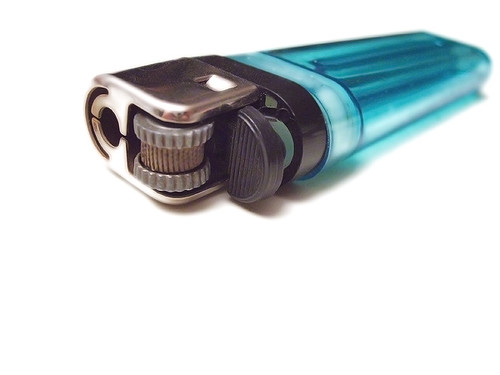
9. **Lighters**
Lighters are small, ubiquitous items often found tucked into pockets, bags, or car consoles. Yet, these seemingly harmless devices contain pressurized butane gas, which, like other gases, expands dramatically when exposed to intense heat. This expansion can quickly transform a common lighter into a pocket-sized bomb in a hot car.
If a lighter is left on your dashboard, near a window, or any location exposed to direct sunlight, the internal pressure can build rapidly to a critical point. The result can be an explosion that causes fires, injuries, or severe damage to your car’s interiors. News reports globally have documented cases where vehicles caught fire due to lighters left inside, with explosions cracking windshields or melting dashboard components.
The risks associated with a lighter are not just theoretical; they are a well-documented hazard. The combination of pressurized gas and a highly flammable fuel makes them a significant fire accelerant if an explosion occurs. Even without a full-blown blaze, the structural damage to your vehicle from a lighter explosion can be extensive and costly.
To prevent such incidents, always remove lighters from your vehicle, especially during warm weather. Store them in a temperature-controlled environment, ensuring they are never left in the glovebox or any area exposed to direct sunlight. A simple act of precaution can protect your car and prevent potential injury.
Read more about: Unlock the Hidden Hacks: Fixing Car Dents Without Suction Cups for the Savvy Owner
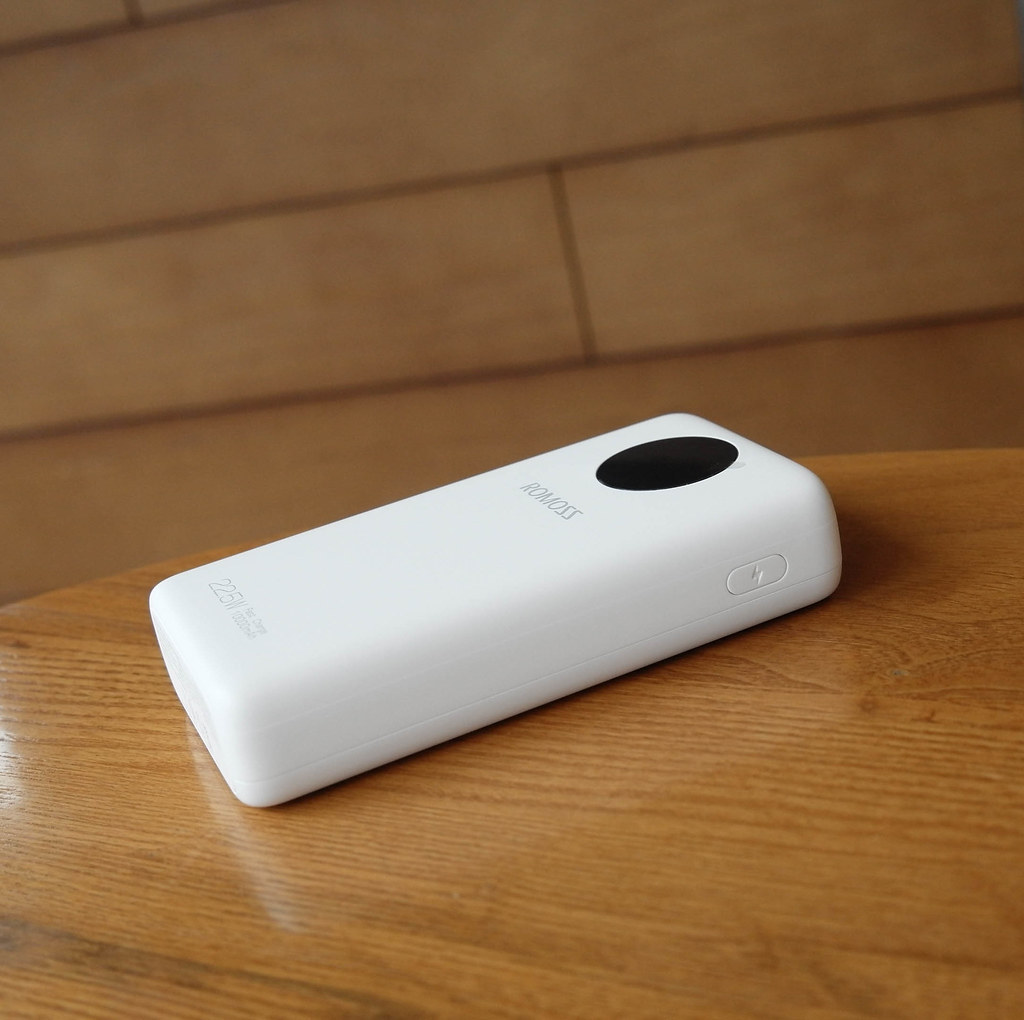
10. **Power Banks and Batteries**
In our increasingly connected world, power banks and various batteries are indispensable for keeping our devices charged on the go. However, these portable power sources, particularly those utilizing lithium-ion technology, are highly sensitive to heat. Exposing them to high temperatures, such as those found in a hot car, can lead to serious risks.
High temperatures can cause batteries to swell, leak corrosive material, or even catch fire. For lithium-ion batteries, commonly found in phones, laptops, and portable chargers, the chemical reaction inside can become unstable, potentially resulting in smoke, fire, or even a small-scale explosion. These leaked battery chemicals are not only toxic and corrosive, damaging car interiors, but they also pose severe health risks if touched or inhaled.
The danger is amplified if a power bank is charging while left in a hot car. The combined strain of external heat and internal electrical activity creates a recipe for disaster, significantly increasing the potential for fire. Furthermore, it’s not just lithium-ion batteries that are vulnerable; even common AA or AAA batteries can leak when exposed to temperatures exceeding 100°F, which can happen swiftly in a parked car.
Therefore, it is paramount to never leave power banks, chargers, or any type of lithium battery in a hot car. Always take them with you when you exit your vehicle. If you must transport them in warm conditions, store them in insulated bags designed to limit temperature rise, providing a crucial layer of protection against these potential hazards.
Read more about: The ‘Free’ Test Drive Illusion: Unmasking 14 Hidden Costs Dealers Don’t Want You to Know When Buying a Car

11. **Electronic Devices**
Modern life is unimaginable without our electronic devices—phones, laptops, tablets, e-readers, and cameras. While these devices are designed to generate and dissipate heat during operation, they are not meant to withstand prolonged exposure to external high temperatures, such as those found in a hot car. This distinction is critical for their longevity and functionality.
High temperatures can cause serious damage to electronic devices. Plastic casings can warp, screens can crack, and critical internal components like batteries, processors, and circuit boards can suffer irreversible harm. Even if a device appears to function normally after enduring extreme heat, its lifespan may be significantly shortened, and latent problems could emerge later.
Unlike the heat generated by a device itself, which often triggers an auto-shutdown mechanism to prevent damage, the sun’s ambient heat keeps rising without such a safeguard. This continuous, unchecked heat can easily exceed safety levels, compromising the hardware’s integrity and potentially leading to data loss. The most vulnerable devices are those that contain batteries, as their sensitivity to heat is well-documented.
To protect your valuable electronics and the data they hold, always take them with you when leaving your car, especially on warm days. Avoid leaving them on seats, dashboards, or any area where they are exposed to direct sunlight. A simple habit of removing your devices can prevent costly repairs or the devastating loss of irreplaceable information.
Read more about: Beyond the Shadows: An In-Depth Look at Why Modern Cars Are Being Stolen in Broad Daylight
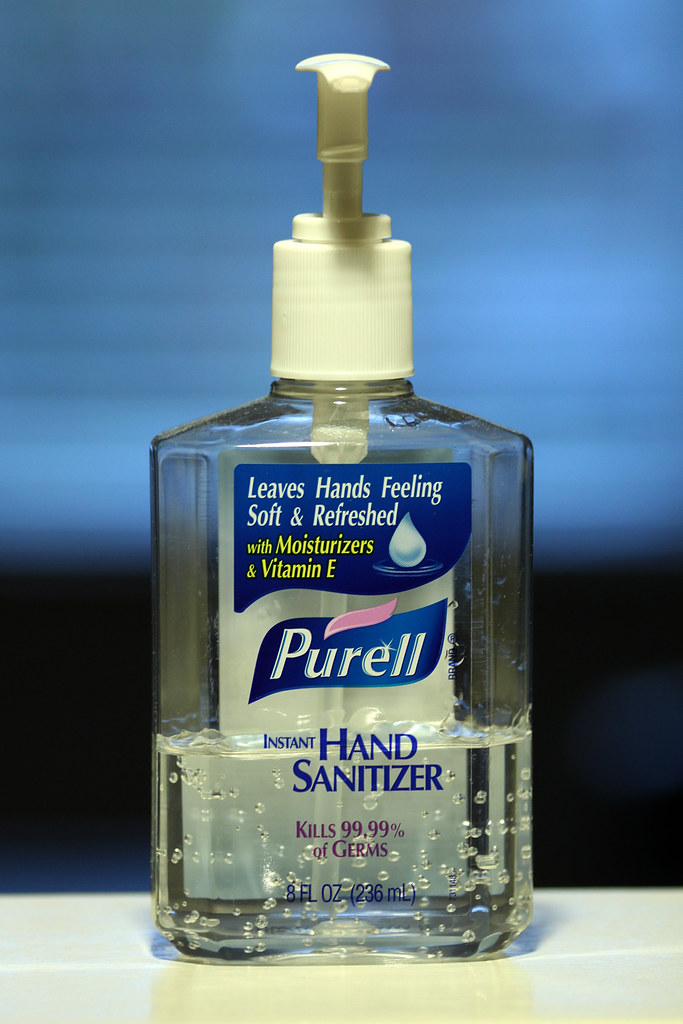
12. **Hand Sanitizer**
Hand sanitizer became an everyday essential, and many people instinctively keep a bottle in their car for convenience. While these alcohol-based formulas are crucial for hygiene, their presence in a hot car introduces specific, though sometimes misunderstood, risks. The primary concern isn’t spontaneous combustion from heat alone, which would require temperatures around 600°F—far beyond typical car interior heat.
However, it’s important to understand that while a car’s heat is unlikely to cause hand sanitizer to spontaneously combust, the alcohol content does make it flammable if exposed to an open flame. More pressingly, if the bottle is under pressure due to heat and ruptures, and the leaked alcohol comes into contact with a spark or another ignition source, it could certainly lead to a fire.
Beyond the unlikely but possible fire risk, the more common and practical concern is the degradation of the product itself. As with many chemical compounds, extreme heat can significantly reduce or even destroy the effectiveness of hand sanitizer. This means that when you reach for it, the product might not provide the germ-killing power you rely on, rendering it essentially useless.
To ensure your hand sanitizer remains effective and to mitigate any potential risks, it’s best to avoid leaving it in your car during hot weather. If you must carry it, store it in a cooler environment, perhaps in a bag that you take with you. This simple measure ensures that your hygiene essential works as intended when you need it most.
Read more about: Paint Expert’s “Magical” Remedy: Effortlessly Erase Tree Sap Stains Without Damaging Your Car’s Clear Coat – A Popular Mechanics Guide

13. **Food**
Leaving food in a hot car, even for a short time, can quickly turn a harmless snack or a week’s worth of groceries into a breeding ground for bacteria and a potential health hazard. Food can spoil rapidly when subjected to extreme heat, making it unfit for consumption and potentially causing foodborne illnesses.
“Meltables” like chocolate and ice cream are obvious casualties, transforming into a messy, unsalvageable puddle. However, any type of perishable food, including dairy, meat, and even fresh produce, will be compromised if left in the car for any length of time. The FDA warns that bacteria that cause foodborne illnesses can double every 20 minutes, even at room temperature.
This rapid bacterial growth accelerates significantly in a hot car. It’s recommended not to leave groceries or leftovers in a warm car for more than two hours, or only one hour when temperatures exceed 90 degrees Fahrenheit. Even items like bread are at risk, with heat accelerating staleness and promoting mold growth, diminishing both quality and safety.
The solution is straightforward: make your grocery run the last errand on your list, heading straight home afterward. If you’re planning a picnic or need to transport food, always pack your goodies in a well-insulated cooler bag with ice packs, and remove them from the car immediately upon arrival. Prioritizing proper food storage protects your health and prevents unnecessary waste.
Read more about: What DNA Tells Us About Europe’s First Settlers: A Journey Through Ancient Migrations and Genetic Legacies

14. **Drinks**
Just like food, your favorite beverages are also susceptible to the harsh conditions of a hot car, presenting both palatability and safety concerns. No one enjoys sipping warm water, soda, beer, or wine on a scorching day, but the issues extend beyond just an unpleasant taste.
For carbonated drinks like soda and beer, high heat causes the internal carbonation pressure to build up. While a full explosion is unlikely unless the can’s seal is weak, it can certainly deform the can or lead to a forceful spray or fizz upon opening, creating a significant mess. Wine, with its cork and sensitive composition, can also be negatively affected, with heat altering its flavor profile and potentially pushing corks out.
Beyond taste and pressure, there are health considerations. While drinking a hot soda once is generally safe, repeated exposure to heat can affect plastic water bottles, causing tiny amounts of chemicals like BPA or antimony to leach into the drink. Additionally, if you reuse bottles, warm water becomes an incredibly fertile breeding ground for bacteria, turning your intended refreshment into a bacterial soup.
The best practice for safe and enjoyable hydration on the go is to always place bottles or cans in an ice-filled cooler. For reusable bottles, stainless steel or BPA-free alternatives are preferable, and they should be washed frequently. By being mindful of where and how you store your drinks, you can avoid both messy cleanups and potential health risks during the summer months.
As we navigate the warmth of summer, the seemingly innocent act of leaving items in our cars can lead to a surprising array of hazards. From the explosive potential of aerosol cans and lighters to the degradation of essential electronics and the spoilage of food, the risks are real and often overlooked. However, the good news is that prevention is simple and entirely within our control.
Read more about: 14 Wild Ways Cycling Is More Than Just a Ride (Plus, How You Can Join the Fun!)
By adopting a few mindful habits—such as using insulated bags, storing items in the trunk away from direct sunlight, or simply remembering to take sensitive belongings with us—we can transform our vehicles from potential danger zones into safe, reliable companions for all our summer adventures. Your peace of mind and the safety of your belongings are well worth these small, proactive steps. Summer is for joy, not for accidents, and by staying informed, we can keep it that way.

